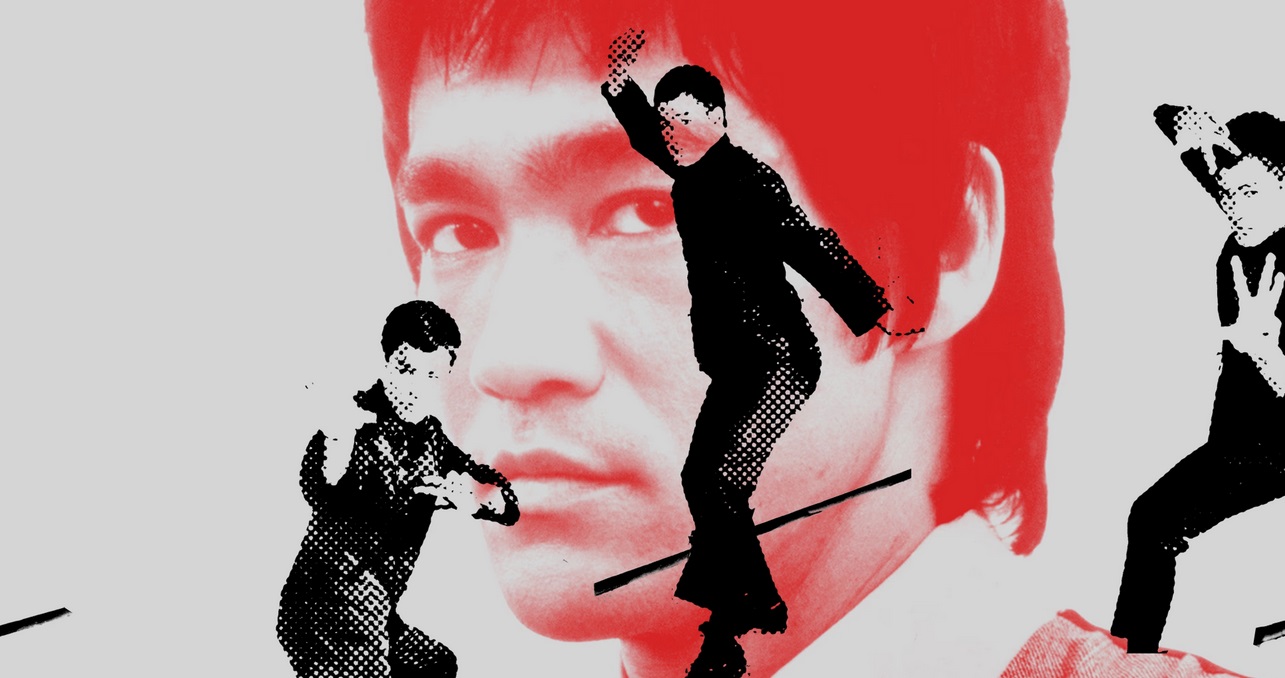
Knowing him may make you become him
Being 27th of November, the date reminds us of the birth day of the one and only martial-art legend Bruce Lee. Let us all remember him with his mesmeric artistry and learn something out of that for our lives too, if possible.
What it means to be Bruce Lee is almost similar to what it means to understand Bruce Lee.
Bruce Lee’s life looms so large in pop culture that the mundane details belonging to his life appears like a rare treat.
Let us go fifty nine years. This was the fall of 1963 when Bruce Lee was aspiring to opene Kung Fu schools across United States. Then the Jun Fan Gung Fu Institute was the starting point which actually was Bruce Lee’s home base in Seattle. The 3,000-square-foot space had the University of Washington campus in neighborhood, where Bruce Lee was a lackadaisical student.
At the institute, Bruce Lee’s dreamlike musings were the gym mantras: Having no limitation as limitation; Using no way as way. His holistic workshop was within this space was where also was his residence.
In the back of the space, Bruce Lee used to sleep in a windowless room. Near the door there was no light switch, in other hands a lot of stumbling around in the dark to find your way.
The most influential martial artist today in modern history is Bruce Lee without any doubt. The journey of the legend ended with his untimely death in 1973 at the age of thirty two.
Now after five decades, the world still seems to be reckoning with the momentum Bruce Lee had generated in his brief life. In a sense, Lee’s widespread impact seems to be immortal even today. He preached formlessness to the world. It was a concept popularized via his famous “Be Water” response which was heard from him during an interview with Canadian journalist Pierre Berton.
The moments of his epiphany came young when once he was punching the sea in frustration. He found inspired by the way it coolly neutralizes his assertion.
“I wanted to be like the nature of water,” Bruce Lee writes in his book.
Over the past decades, Bruce Lee has been refashioned many ways and one of them is seen in the recent ESPN 30 for 30 documentary -Be Water, which is shown as the product of enduring discrimination across two worlds.
Bruce Lee transcends the perceived constraints belonging to his cultural identity—too American in Hong Kong and too Asian in American society. But in the documentary based on Bruce Lee’s life – Be Water we hear – “The fact that Bruce chose to marry a Caucasian person was an expression of how he felt about America.” This was stated by Linda Lee Cadwell, Bruce’s widow and she said so in a documentary with scholarly detachment, where she looked as if she weren’t talking about herself.
During Lee’s youth in Hong Kong toggling between British and Japanese occupations, he said that “Kids there have nothing to look forward to.. where the white kids have all the best jobs and the rest of us were compelled to work for them. This made most of the kids become punks.”
Bruce Lee became a street fighter. “We used chains and pens clogged with knives hidden inside,” he reveals to the Black Belt magazine in 1967. “Then, one day, I wondered what if some day I do not have my gang behind me and I am caught into a fight. Taking up Kung Fu is the outcome of the thought. I want to come out of feeling insecure alone.” Then Bruce Lee was wayward, before finding the way of no way.
To read more such news, download Bharat Express news apps


















